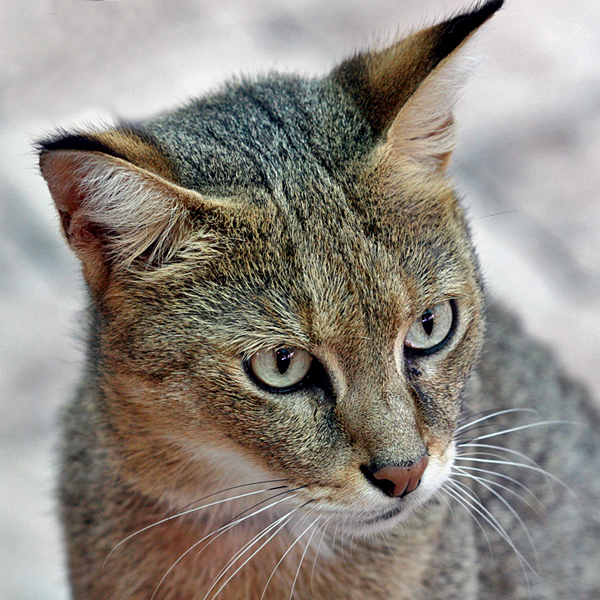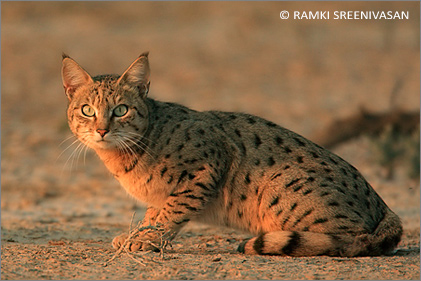The Wildcat
The Wildcat is a species complex comprising two small wild cat species: the African-Asiatic Wildcat (Felis lybica) and the European Wildcat (Felis silvestris)
Here are pictures of the African-Asiatic Wildcat:
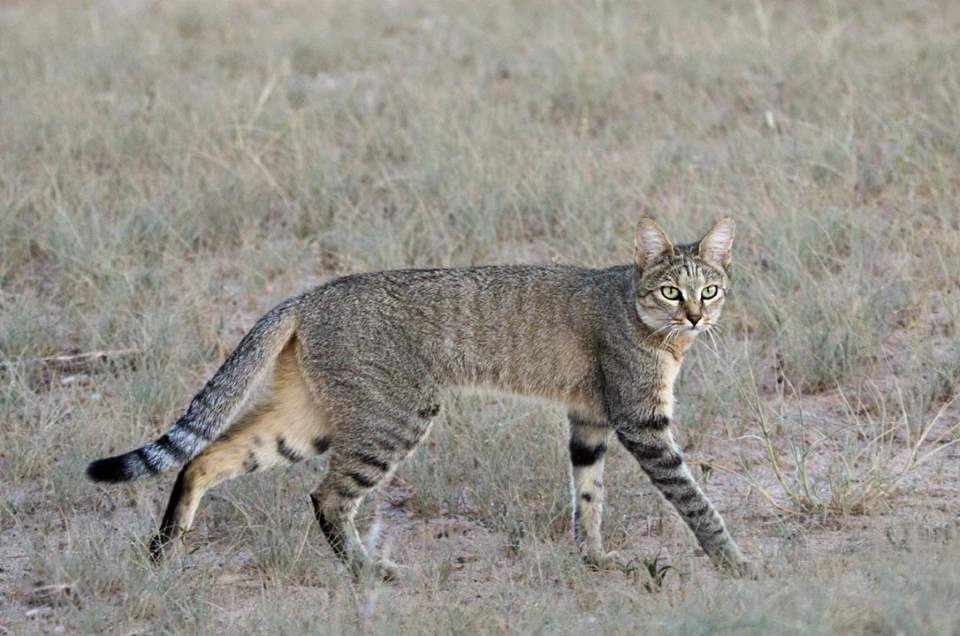


Here are pictures of the European Wildcat:
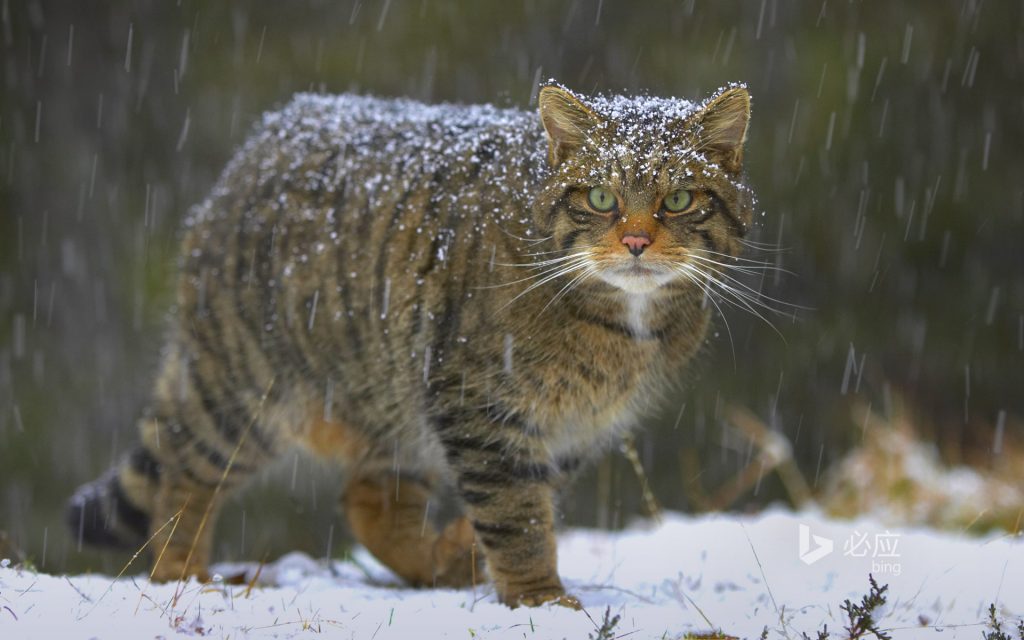
The Scottish Wildcat, also known as “The Highland Tiger”
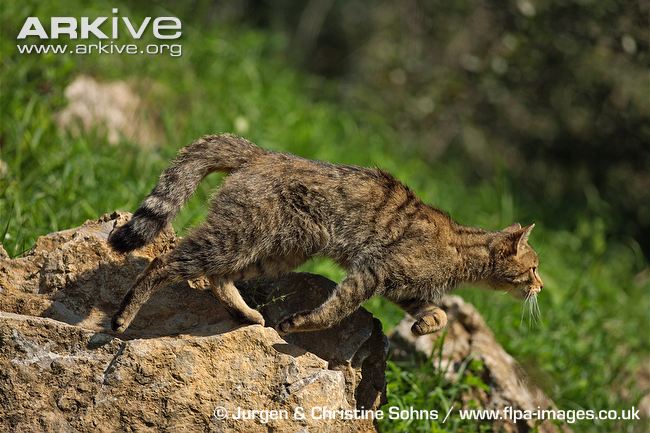
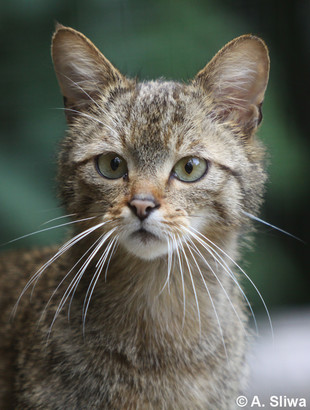
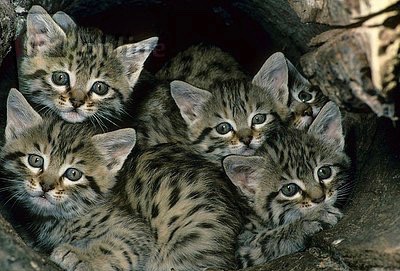
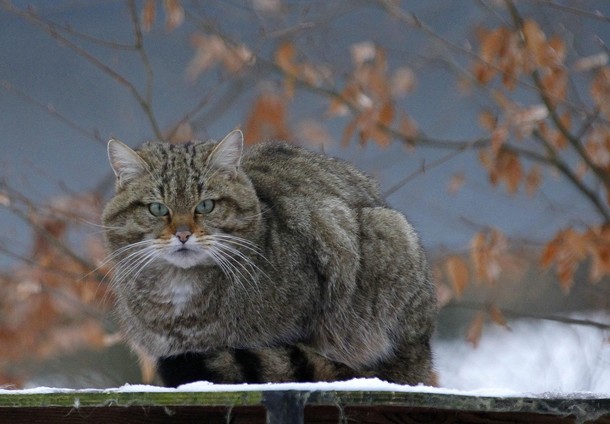
An European Wildcat is seen at Skanes Djurpark, Sweden, by Yves Herman
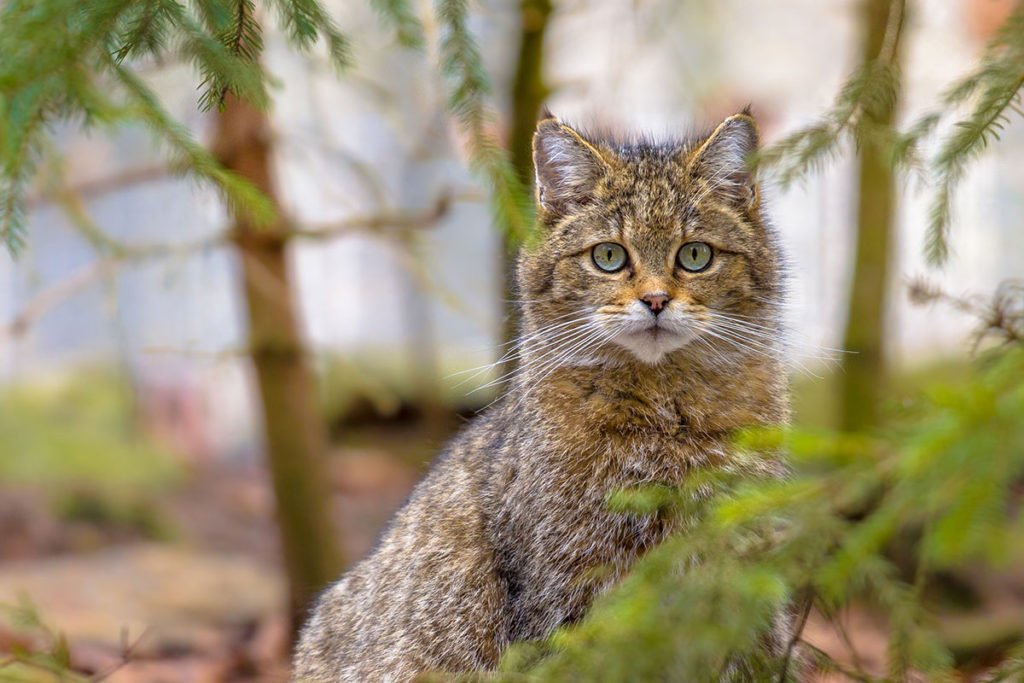
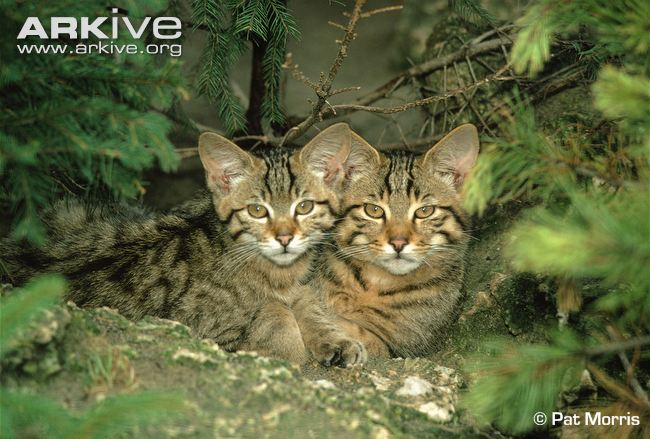
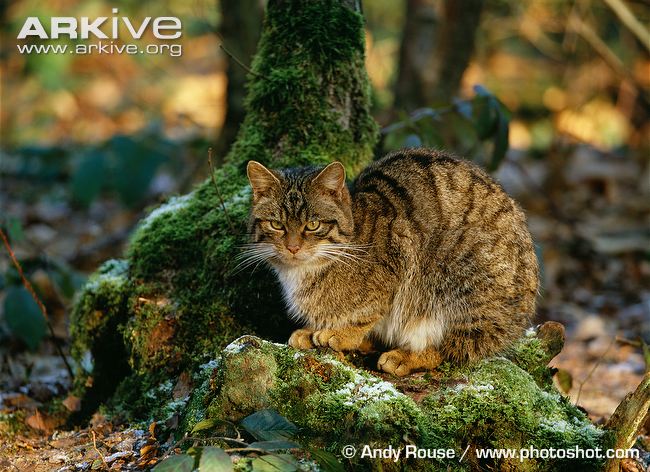
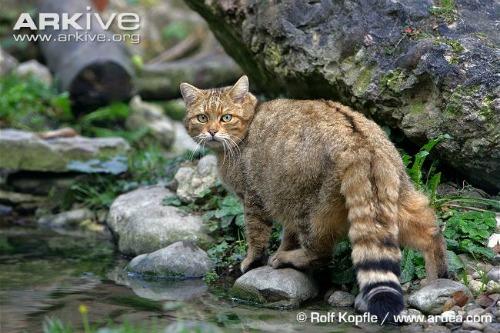
Wildcat
Kingdom: Animalia
Phylum: Cordata
Class: Mammalia
Order: Carnivora
Family: Felidae
Subfamily: Felinae
Genus: Felis
Species: African-Asiatic Wildcat (Felis lybica) and the European Wildcat (Felis silvestris)
Wildcat conservation status: https://www.iucnredlist.org/search?query=wildcat&searchType=species
The Wildcat is a species complex comprising two small wild cat species: the African-Asiatic Wildcat (Felis lybica) and the European Wildcat (Felis silvestris)
(Note: In biology, a species complex is a group of closely related organisms that are so similar in appearance and other features that the boundaries between them are often unclear. The species in the complex may be able to hybridize readily with each other, further blurring any distinctions.)
The Wildcat species are small wild cats native to most of Africa, Asia, and Europe. Wildcats are actual wild cat species- not to be confused with a feral cat (which is a Domesticated Cat that has returned to living in a wild state.) However, one could argue that the Domestic Cat is barely domesticated itself (more on that later in this article.)
The European Wildcat inhabits forests in Europe, Anatolia and the Caucasus, while the African-Asiatic Wildcat inhabits semi-arid landscapes and steppes in Africa, the Arabian Peninsula, Central Asia, into western India and western China.
The Wildcat can look different depending on what part of the world it lives in. Most European northern forest-dwelling Wildcats have thick fuzzy coats, at least during the winter months. But ones that live in warmer European locales can be spotted, or striped, or uniformly sandy brown. They weigh 3-8 kg (6-18 lb) and are 45-80 cm (18-32 in) long.
The Wildcats in Africa and Asia tend to be leaner and smaller. They weigh 2-2.7 kg (4- 17 lb) and are 40-64 cm (16-25 in) long.
The Wildcat is crepuscular (active during twilight and pre-dawn hours) and survives off small mammals, reptiles, and birds.
The African-Asiatic Wildcat is believed to be the sole ancestor of the Domestic Cat. Genetic evidence says the Domestic Cat descended from the African-Asiatic Wildcat around 9,000 to 10,000 years ago in the Fertile Crescent region of the Middle East, during the rise of agriculture. The theory is that Wildcats began hanging around farms and grain stores where rodents were prevalent, and gradually became friendly with humans. These newly domesticated cats were one of the most revered animals in Ancient Egypt.
With the advent of widespread agriculture, came trade via land and sea travel- and these newly created Domestic cats (descended from the African-Asiatic Wildcat) came along for the ride:
“The Nubian cat (another name for the African-Asiatic Wildcat) is one of wildcat subspecies (next to the European wildcat which is not the domestic cat ancestor even though it is able to cross-breed with it) whose domestication began in the Fertile Crescent ca. 10,000—9.000 years ago. In archaeological excavation sites in Anatolia, Syria as well as Israel, a variety of stone figurines representing those cats has been found. Apparently, cats stayed in the proximity of the first farmers and, with high probability, the Neolithic Age is when the first human-cat interrelations were initiated. People gave up nomadism in favor of a farming life; this resulted in the storage of extra grains which, consequently, attracted rodents of many kinds. This could result in attracting wild cats to easily achievable food sources and the benefits turned out to be mutual. With much likelihood, cats remained rather neutral to people.
Cat skeleton analyses, together with the mammal iconography, allow researchers to make an assumption that cats reached Europe migrating from the Near East, through Anatolia, Cyprus, Crete, Greece, to Ancient Rome, ….. and to the Celts and Germans.”
https://phys.org/news/2020-07-years-history-domestic-cats-central.html
Note: While the European Wildcat evolved concurrently with the African-Asiatic Wildcat, genetic analysis shows that the Domestic Cat did not evolve from the European species, but rather exclusively from the African-Asiatic Wildcat.
As the newly created Domestic cat (descended from the African-Asiatic Wildcat) spread across the continents, they did also interbreed with European Wildcats. Today, the European Wildcat has an interesting genome: a mixed bag of native wild European Wildcat genes, as well as Domestic cat influence. Work is being carried out to restore the European Wildcat species to native forests (and preserve its habitat) as well prevent its genome from being further mixed with the Domestic cat lineage.
Since both the African-Asiatic and European Wildcat species can interbreed with Domestic Cats, many scientists believe hybridization is becoming a serious threat to both the purebred European and African-Asiatic Wildcat populations.
https://www.wildcatfamily.com/felis-lineage/african-wildcat-and-asiatic-wildcat-felis-lybica/
A note about the Domesticated Cat: they aren’t totally domesticated animals even though they are capable of behaving tamely around humans and many do enjoy living with them. Some small genetic changes have occurred within the Domestic Cat’s genome, but regardless, most Domesticated Cats retain a certain wildness and are quite capable of living like their wild ancestors. Here is a study about the minute genetic changes Domesticated cats have undergone: https://www.livescience.com/48696-origins-of-cat-domestication.html
More wild cats here


